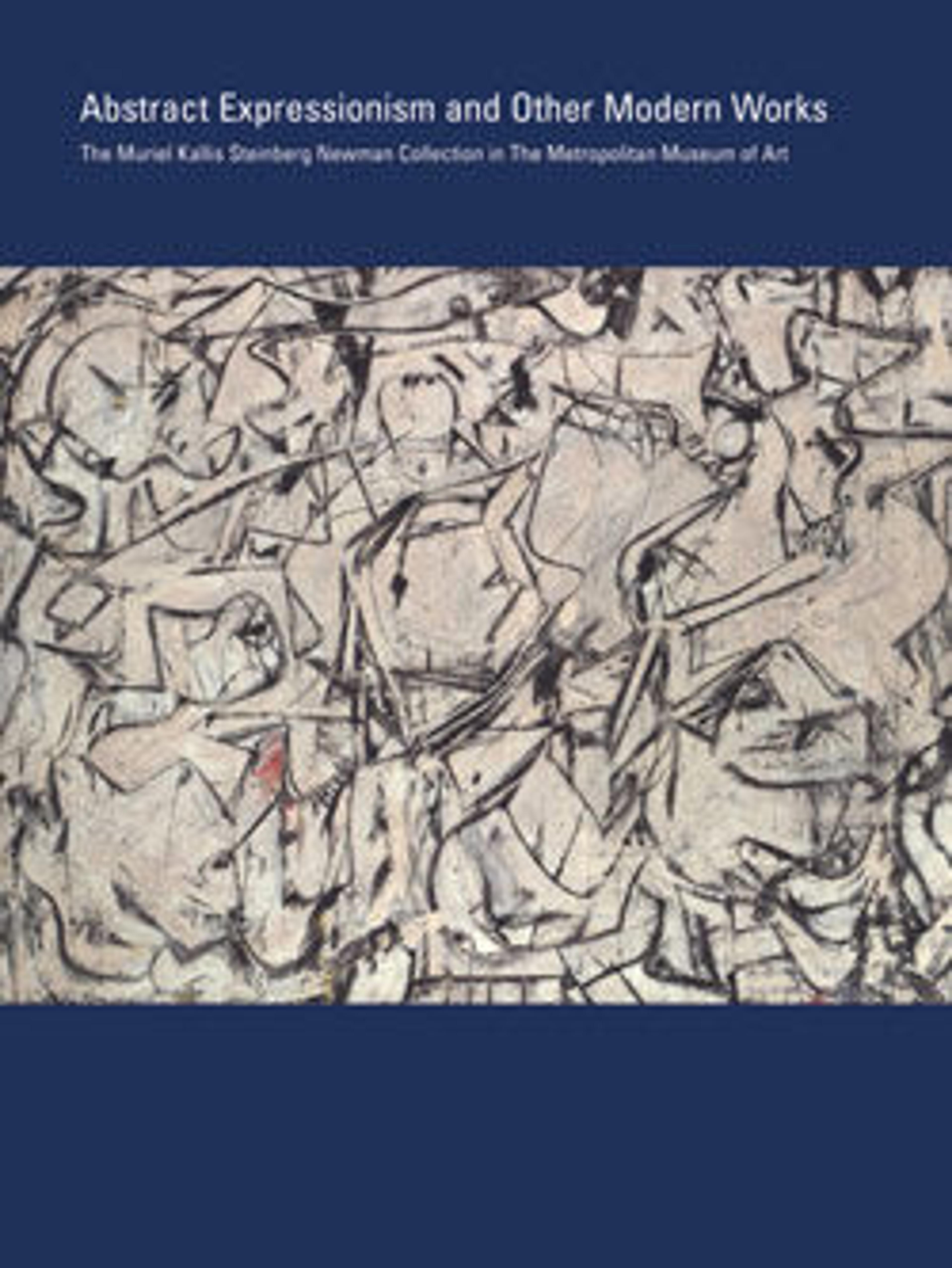Firebird
The sculptures Roszak made after World War II represent a fusion of his previous geometric constructivism and a much freer expressionism. Firebird is one of the most successful works rendered in this new style. Of the concept behind the sculpture, Roszak told an interviewer: "It is Chinese . . . a Chinese allusion. I came upon it in Stravinsky, the wonderful piece of music he had written around it. He has these slow smoldering chords that accelerate and then whip up into a terrific frenzy of sound. . . . [The firebird] embodied a kind of ritualistic experience that found its habitat in practically any part of the world that has lived long enough to go through a smoldering and phoenixlike emergence out of complete desolation, affirming its life all over again."
Artwork Details
- Title: Firebird
- Artist: Theodore Roszak (American (born Poland), Poznan 1907–1981 New York)
- Date: 1950–51
- Medium: Iron brazed with bronze and brass
- Dimensions: 31 × 27 × 42 in., 173.5 lb. (78.7 × 68.6 × 106.7 cm, 78.7 kg)
- Classification: Sculpture
- Credit Line: The Muriel Kallis Steinberg Newman Collection, Gift of Muriel Kallis Newman, in memory of the artist, 1982
- Object Number: 1982.16.1
- Curatorial Department: Modern and Contemporary Art
More Artwork
Research Resources
The Met provides unparalleled resources for research and welcomes an international community of students and scholars. The Met's Open Access API is where creators and researchers can connect to the The Met collection. Open Access data and public domain images are available for unrestricted commercial and noncommercial use without permission or fee.
To request images under copyright and other restrictions, please use this Image Request form.
Feedback
We continue to research and examine historical and cultural context for objects in The Met collection. If you have comments or questions about this object record, please contact us using the form below. The Museum looks forward to receiving your comments.
